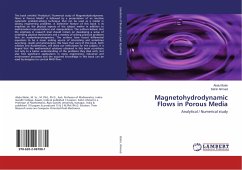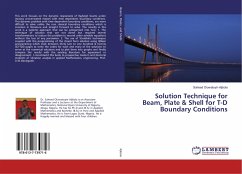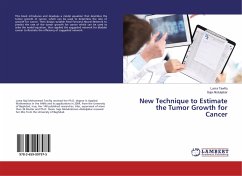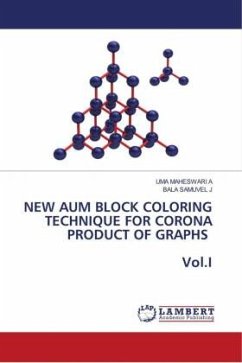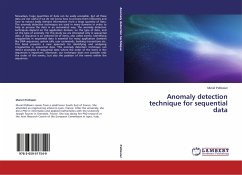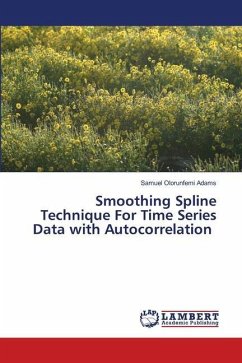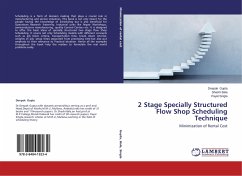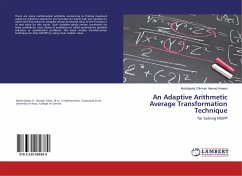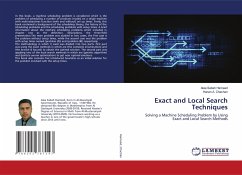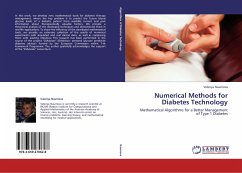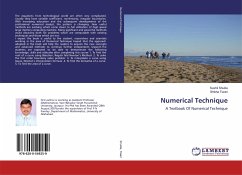
Numerical Technique
A Textbook Of Numerical Technique
Versandkostenfrei!
Versandfertig in 6-10 Tagen
36,99 €
inkl. MwSt.

PAYBACK Punkte
18 °P sammeln!
The equations from technological world are often very complicated. Usually they have variable coefficient, nonlinearity, irregular boundaries. With increasing education and the subsequent developments of the professional numerical analyst, the pattern is changing. New useful methods are evolving which come closer to full utilization of high speed large memory computing machine. Many significant and powerful methods await discovery both for problems which are computable with existing techniques and those which are not.I expect the book is useful to the student, researchers and scientists workin...
The equations from technological world are often very complicated. Usually they have variable coefficient, nonlinearity, irregular boundaries. With increasing education and the subsequent developments of the professional numerical analyst, the pattern is changing. New useful methods are evolving which come closer to full utilization of high speed large memory computing machine. Many significant and powerful methods await discovery both for problems which are computable with existing techniques and those which are not.I expect the book is useful to the student, researchers and scientists working in the area of Numerical Technique hoped that the approach adopted in the book will help the readers to acquire the new concepts and advanced methods to continue further independent research.The students are expected to be able to demonstrate the following knowledge, skills and attitudes after completing this course 1. To find the root of a curve using Bisection, Regula falsi Newton's Method. 2. To solve the first order boundary value problem. 3. To interpolate a curve using Gauss, Newton's interpolation formula. 4. To find the derivative of a curve. 5. To find the area of a curve.



